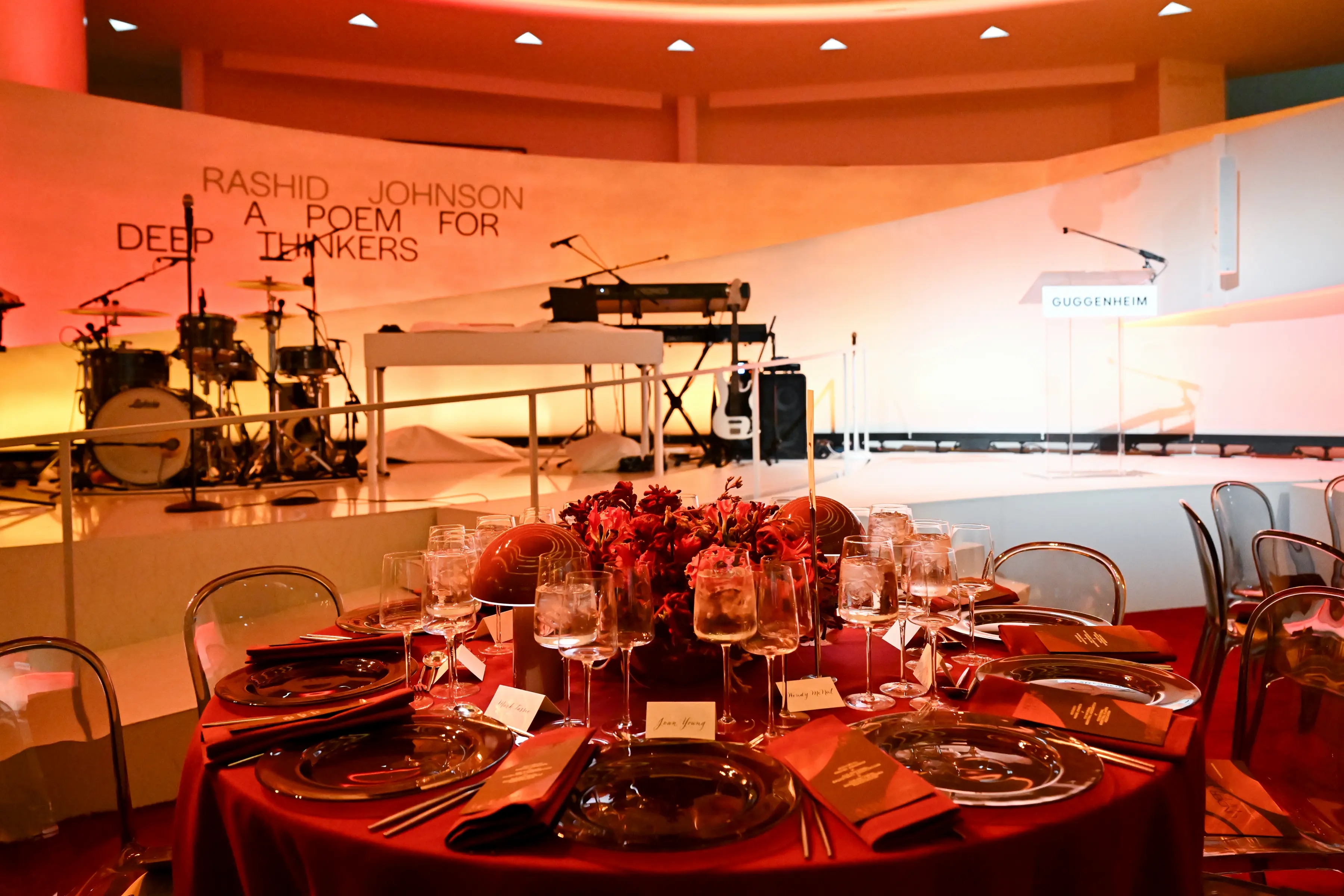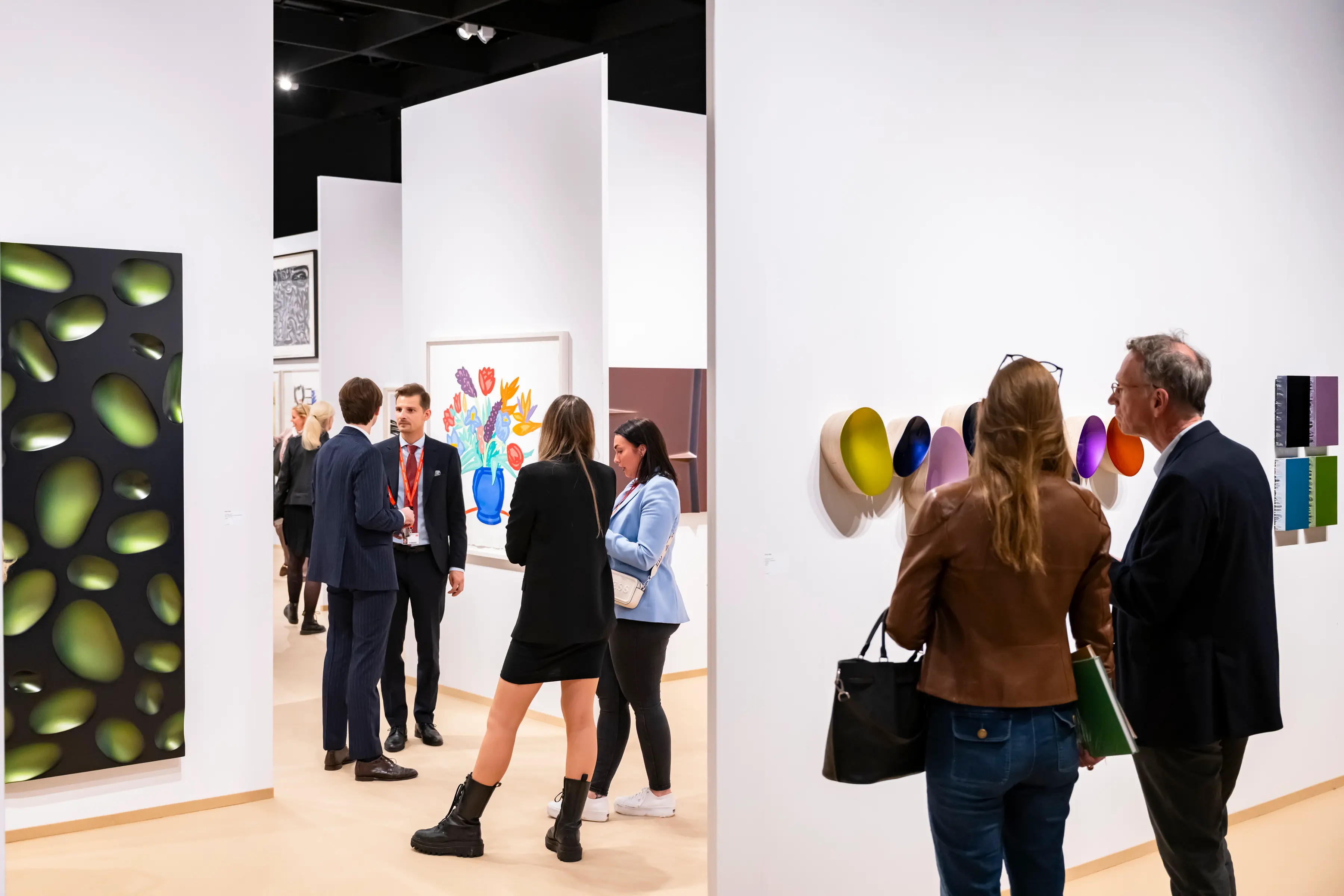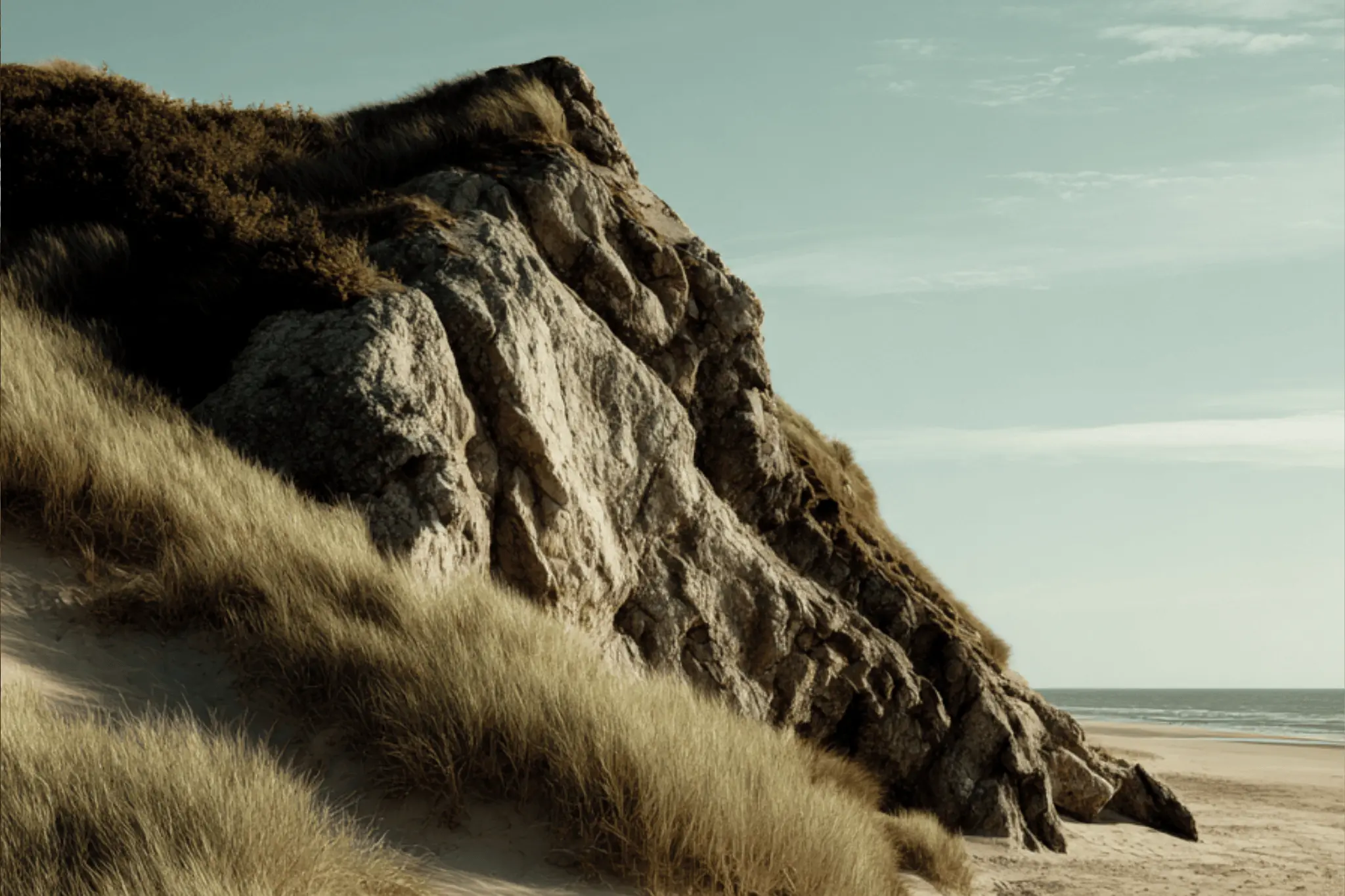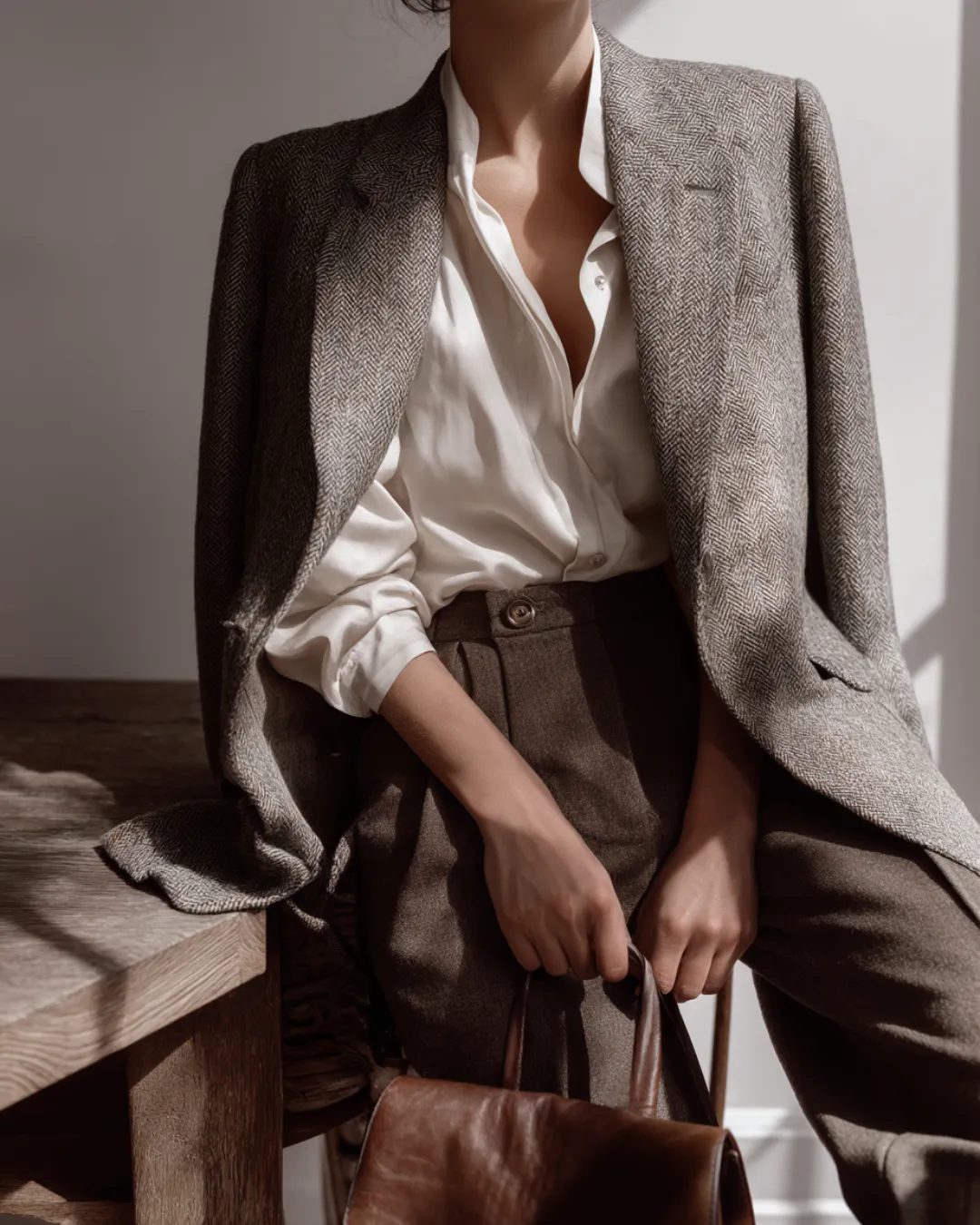A Season of Splendour at Frieze London and Masters 2025

Courtesy of Henge
Courtesy of Andreas Simopoulos
Courtesy of Dave Benett
Courtesy of Japan Mobility Show
Courtesy of ART Cologne
Courtesy of whenobjectswork / Kate Hume
Courtesy of Ivan Erofeev
Courtesy of Stéphane ABOUDARAM - WE ARE CONTENT(S)
Courtesy of Sacha Moreau / Global Gift Gala Monaco
Courtesy of Fadi Al Shami
Courtesy of Sofia Hartmann
Courtesy of Historyhd
Courtesy of Mick De Paola
Courtesy of the artist (c) VG Bild-Kunst, Bonn 2025. Photography by Jens Ziehe.
Courtesy of Yasamine June
Courtesy of Rawisara Prachaksubhanit
Courtesy of Mariia Dred for Berlin Fashion Week
Courtesy of Michael Fousert
Courtesy of Raden Prasetya
Courtesy of Antonia Tewes
Courtesy of Antonia Tewes
Courtesy of Carlo Bazzo
Courtesy of Artem Zakharov
Courtesy of James Cochrane / Copenhagen Fashion Week SS26
Courtesy of Fashion Week Studio
Courtesy of Burak Goraler / AFW
Courtesy of Antonia Tewes
Courtesy of SF / Luigi Caputo
Courtesy of Bruno Cordioli / CC BY 2.0 via Wikimedia Commons
Courtesy of Dubai Fashion Week / Ruzaini Official
Courtesy of Frieze Seoul 2025 / Wecap Studio
Courtesy of LecartPhotos
Courtesy of Jacopo Salvi / La Biennale di Venezia / ASAC Photo
Courtesy of Campione d’Italia’s Classic Circuit
Courtesy of Maxi Yacht Rolex Cup
Courtesy of Jochem Raat
Courtesy of Corey Watson
Courtesy of Pitti Immagine / Fragranze
Courtesy of Le Sable
Courtesy of Once Milano
Courtesy of Monaco Yacht Show
Photo by Darren Carroll/PGA of America
Courtesy of Guy Bell / British Art Fair
Photo by Sean Zanni / Patrick McMullan via Getty Images
Courtesy of Messe München GmbH / Thomas Plettenberg
Courtesy of ph G Martin-Raget/SNST
Courtesy of David Pupăză
Courtesy of Derek Rose
Courtesy of Jim Winslet
Courtesy of Millie Turner/BFI
Photo by Hugo Glendinning. Courtesy of Frieze
Courtesy of Rolex / Kurt Arrigo
Courtesy of Laura Dupuy
Courtesy of Palm Beach Show Group
Courtesy of Getty Images for Perelman Perfor
Courtesy of BFA 2025
Images credited Jason Alden courtesy of LAPADA
Courtesy of Informa Markets
Courtesy of The Qatar Boat Show
Courtesy of Getty Images for Baby2Baby
Courtesy of Jeanne Canto
Courtesy of Darian DiCianno
Courtesy of David Long/Cancer Research UK
A
T
I
O
T
M
I
L
L
L
C
S
S
T
T
A
T
H
F
T
E
F
O
A
T
F
I
T
T
T
T
I
I
T
I
O
P
S
A
S
U
O
A
E
G
B
I
A
I
L
I
T
M
O
G
U
I
L
S
N
I
D
U
T
A
F
I
W
F
O
A
A
M
L
I
n the crisp autumn air of Regent’s Park, Frieze London and its sister fair Frieze Masters opened on October 15 with the kind of grandeur reminiscent of a city reclaiming its golden age. Across five days the fairs drew roughly 90,000 visitors from more than 100 countries. The guest list read like a who’s-who of culture: Madonna, Leonardo DiCaprio, Mick Jagger and Helena Bonham Carter were spotted meandering the booths. Meanwhile, London’s museums and galleries played catch-up – from Kerry James Marshall at the Royal Academy to the “Nigerian Modernism” retrospective at Tate – turning Frieze Week into a city-wide art marathon. In short, London had “been waiting to bring the party back to town,” and everyone showed up ready to celebrate the city’s reinvigorated art scene.
A Market Renaissance
The art market sprang back to life at every price point. Even Christie’s Frieze Week sale that night smashed records, totaling £106.9 million – the strongest Frieze-week result in seven years. Dealers reported brisk early deals. Gagosian, famously private about figures, announced that Lauren Halsey’s entire solo presentation had sold out by noon on opening day.

At Frieze Masters, Hauser & Wirth led the pack: its Booth 297 report included a Gabriele Münter canvas fetching CHF 2.4 million (about $3.01M), as well as works by Magritte, Klee and Duchamp commanding multi-million franc and dollar prices. Frieze London’s blue-chip galleries had similar success. Thaddaeus Ropac recorded a $850,000 Robert Rauschenberg painting and London bronze sculptures by Antony Gormley at £500,000 each. David Zwirner placed large works by Steven Shearer and Lucas Arruda for roughly half a million apiece, and Pace Gallery sold out its solo show of William Monk (with canvases up to $295,000).

Lesser-known galleries were busy too: for example, Karma in Brooklyn reported an $475,000 Manoucher Yektai and a $350,000 Reggie Burrows Hodges. In short, from dinosaur skeletons at Masters to neon abstractions in London, the week’s sales were strong and widespread. Indeed, one on-the-ground advisor noted that many dealers “exceeded their expectations”, with large galleries seeing fully pre-sold presentations and older-arts specialists enjoying days three or four times stronger than a year ago.

Society and Spectacle
Frieze Week is as much a high-society affair as it is a commerce fair. Each day the pavilions felt like a gallery gala: collectors in bespoke suits toasted one another over champagne, and photo crews captured every celebrity turn. This year’s edition played to its crowd; major international figures from art, film and fashion were on hand, blurring the line between vernissage and party. The scene in Regent’s Park spilled into central London: club openings, museum soirees and private dinners ensured that Frieze Week was a mainstay of the city’s social calendar. Crucially, the energy was bipartisan – both red-carpet stars and serious curators were visible among the stalls, reflecting Frieze’s dual appeal. The prevailing mood, shared by gallery owners and advisors alike, was optimism: after years of uncertainty, London’s art ecosystem felt renewed.
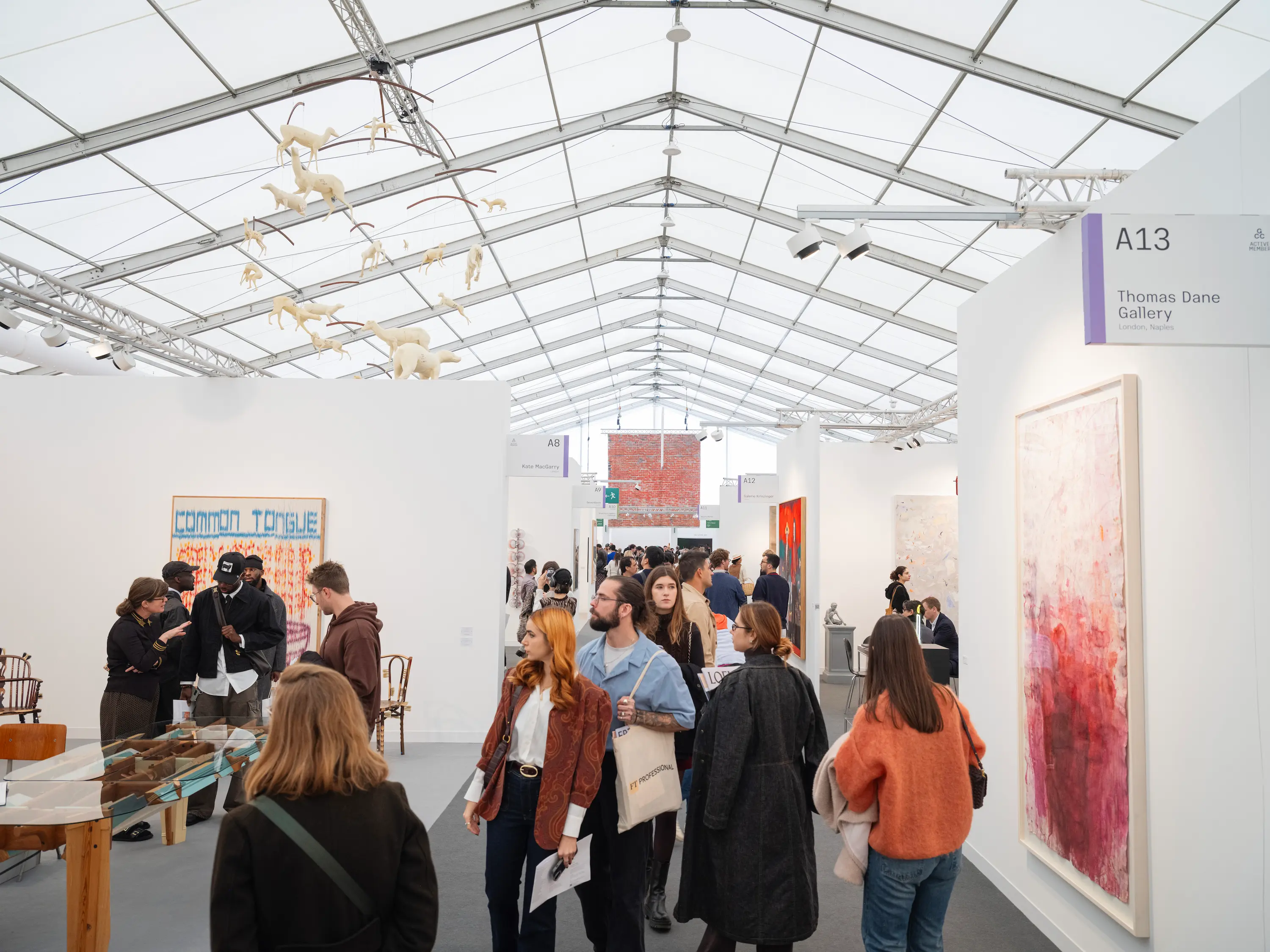
Across the fairs’ curated programs, the intellectual discourse ran rich. The Frieze London fair featured themed sections – Focus for emerging galleries, Echoes in the Present – that complemented the main booths with fresh perspectives. Frieze Masters likewise presented thematic displays: its Spotlight section re-examined 20th-century figures (for example, a suite of 1950s–60s paintings by Janice Biala, four of which found collectors on opening day) and Studio for artist projects. Galleries from around the world showcased national narratives and diasporic dialogues, from Portuguese museums highlighting modernism to Saudi galleries such as ATHR introducing female Arab artists to London audiences. In short, Frieze was not just a marketplace but a crucible of cultural exchange – a global salon in which the histories and future of art were on elegant display.


Collector’s Playground and Cultural Momentum
For collectors, curators and patrons, the importance of Frieze 2025 was clear on several fronts. First, it served as a barometer of confidence: spirited buying and museum-acquisition flags at Frieze signaled that institutions and top collections are back in action. (A landmark Lubna Chowdhary commission from the contemporary fair was quietly acquired by Tate Modern during the week, for example.) Second, the fair’s breadth allowed patrons to walk a historical timeline in a day – from ancient sculpture to avant-garde painting – offering context that smaller fairs can’t match. Finally, Frieze’s refined atmosphere and network effects make it invaluable: deals done in the hushed back rooms of Regent’s Park set trends that resonate in gallery walls and auction blocks for years to come. Simply put, Frieze Week is where the art world’s movers and shakers convene to shape the year ahead.
A Golden Legacy
Looking ahead, Frieze London and Frieze Masters 2025 will be remembered as a turning point. In an era of geopolitical and economic uncertainty, the fairs demonstrated that art can still bridge borders and ideas. They underscored London’s enduring role as a vibrant art capital. As Frieze Masters director Emanuela Tarizzo observed, the week’s “breadth and depth of engagement” – from antiquity to cutting-edge – set a confident tone for the year and “affirmed London’s standing in the international art market”. In the end, Frieze 2025 was more than a marketplace; it was a statement of cultural vitality. For elite collectors and patrons, it confirmed that Frieze remains the pinnacle of taste-making – a world stage where legacy and innovation entwine, and where the spirit of art continues to illuminate the global conversation.

